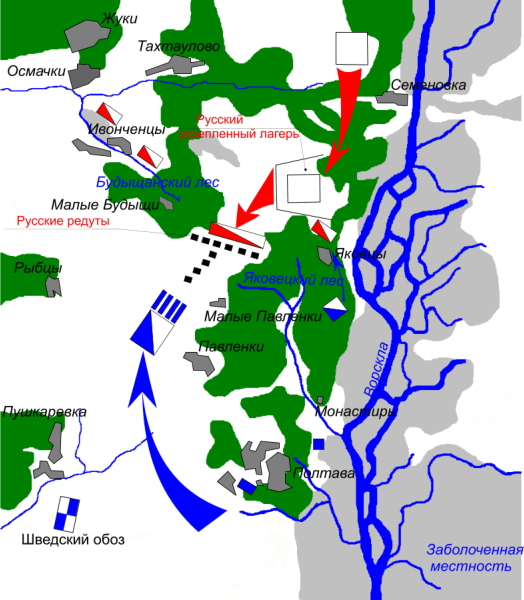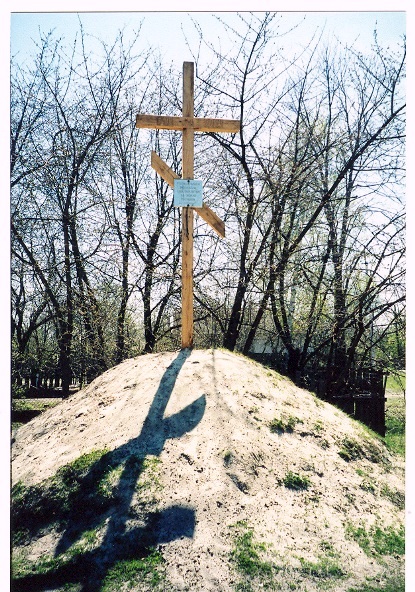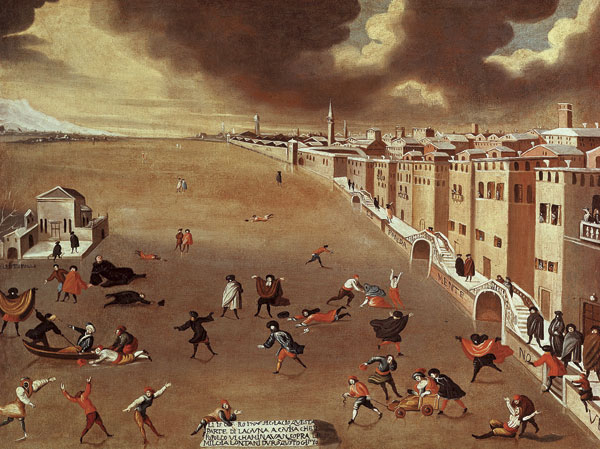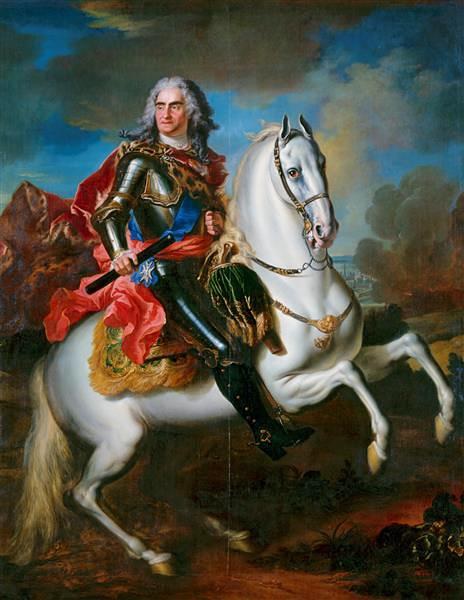|
1709 In Russia
Events from the year 1709 in Russia Incumbents * Monarch – Peter I Events * Central Naval Museum * * * * * Battle of Poltava * Executions of Cossacks in Lebedin * Great Frost of 1709 * Battle of Krasnokutsk–Gorodnoye * Surrender at Perevolochna * Swedish invasion of Russia * Treaty of Thorn (1709) Births * * Elizabeth of Russia Elizabeth Petrovna (russian: Елизаве́та (Елисаве́та) Петро́вна) (), also known as Yelisaveta or Elizaveta, reigned as Empress of Russia from 1741 until her death in 1762. She remains one of the most popular Russian ... Deaths * * * * * References Years of the 18th century in Russia {{Russia-hist-stub ... [...More Info...] [...Related Items...] OR: [Wikipedia] [Google] [Baidu] |
Russia
Russia (, , ), or the Russian Federation, is a transcontinental country spanning Eastern Europe and Northern Asia. It is the largest country in the world, with its internationally recognised territory covering , and encompassing one-eighth of Earth's inhabitable landmass. Russia extends across eleven time zones and shares land boundaries with fourteen countries, more than any other country but China. It is the world's ninth-most populous country and Europe's most populous country, with a population of 146 million people. The country's capital and largest city is Moscow, the largest city entirely within Europe. Saint Petersburg is Russia's cultural centre and second-largest city. Other major urban areas include Novosibirsk, Yekaterinburg, Nizhny Novgorod, and Kazan. The East Slavs emerged as a recognisable group in Europe between the 3rd and 8th centuries CE. Kievan Rus' arose as a state in the 9th century, and in 988, it adopted Orthodox Christianity from t ... [...More Info...] [...Related Items...] OR: [Wikipedia] [Google] [Baidu] |
List Of Russian Monarchs
This is a list of all reigning monarchs in the history of Russia. It includes the princes of medieval Rus′ state (both centralised, known as Kievan Rus′ and feudal, when the political center moved northeast to Vladimir and finally to Moscow), tsars, and emperors of Russia. The list begins with the semi-legendary prince Rurik of Novgorod, sometime in the mid 9th century ( 862) and ends with emperor Nicholas II who abdicated in 1917, and was executed with his family in 1918. The vast territory known today as Russia covers an area that has been ruled by various polities, including Kievan Rus', the Grand Duchy of Moscow, the Tsardom of Russia and the Russian Empire, and the sovereigns of these many nations and throughout their histories have used likewise as wide a range of titles in their positions as chief magistrates of a country. Some of the earliest titles include '' kniaz'' and '' velikiy kniaz'', which mean "prince" and "grand prince" respectively but are often ... [...More Info...] [...Related Items...] OR: [Wikipedia] [Google] [Baidu] |
Peter I Of Russia
Peter I ( – ), most commonly known as Peter the Great,) or Pyotr Alekséyevich ( rus, Пётр Алексе́евич, p=ˈpʲɵtr ɐlʲɪˈksʲejɪvʲɪtɕ, , group=pron was a Russian monarch who ruled the Tsardom of Russia from to 1721 and subsequently the Russian Empire until his death in 1725, jointly ruling with his elder half-brother, Ivan V until 1696. He is primarily credited with the modernisation of the country, transforming it into a European power. Through a number of successful wars, he captured ports at Azov and the Baltic Sea, laying the groundwork for the Imperial Russian Navy, ending uncontested Swedish supremacy in the Baltic and beginning the Tsardom's expansion into a much larger empire that became a major European power. He led a cultural revolution that replaced some of the traditionalist and medieval social and political systems with ones that were modern, scientific, Westernised and based on the Enlightenment. Peter's reforms had a l ... [...More Info...] [...Related Items...] OR: [Wikipedia] [Google] [Baidu] |
Central Naval Museum
Central Naval Museum (russian: Центральный военно-морской музей) is a naval museum in St Petersburg, Russia. It is one of the first museums in Russia and one of the world’s largest naval museums, with a large collection of artefacts, models and paintings reflecting the development of Russian naval traditions and the history of the Russian Navy. The museum’s permanent display includes such relics as the ''Botik'' of Peter the Great, Catherine II’s marine throne, trophies captured in sea battles, and the personal belongings of prominent Russian and Soviet naval commanders. The collection includes paintings by Ivan Aivazovsky, Alexey Bogolyubov, Lev Lagorio and other marine artists, ship sculpture, navigational instruments, naval equipment and machinery from the 17th to 20th centuries and numerous models of ships. The main exposition consists of nineteen halls. There is a complex of six museum halls for exhibitions. History Imperial era The mu ... [...More Info...] [...Related Items...] OR: [Wikipedia] [Google] [Baidu] |
Battle Of Poltava
The Battle of Poltava; russian: Полта́вская би́тва; uk, Полта́вська би́тва (8 July 1709) was the decisive and largest battle of the Great Northern War. A Russian army under the command of Tsar Peter I defeated a Swedish army, under the command of Carl Gustaf Rehnskiöld. The battle put an end to the status of the Swedish Empire as a European great power, as well as its eastbound expansion, and marked the beginning of Russian hegemony in Northern Europe. During the course of six years in the initial stages of the war, King Charles XII and the Swedish Empire had defeated almost all participants in the anti-Swedish coalition, which initially consisted of the Polish-Lithuanian Commonwealth, Denmark-Norway and the Tsardom of Russia. The latter under Tsar Peter I's rule was the only one still undefeated. Charles XII therefore chose to invade Russia in the autumn of 1707 and march towards Moscow with a large Swedish army. However, the campaign ... [...More Info...] [...Related Items...] OR: [Wikipedia] [Google] [Baidu] |
Executions Of Cossacks In Lebedin
Executions of Cossacks in Lebedin ( uk, Катівня в Лебедині), (russian: Казни казаков в Лебедине) in 1708–1709 was a large-scale execution of Ukrainian Cossacks suspected of having sided with Hetman Ivan Mazepa after his break with Tsar Peter I during the Great Northern War. Cossack officials summoned to the Council of Hlukhiv who did not report to it were arrested, tortured and executed for treason. The exact number of victims is not known, but the minutes of the historical accounts indicate at least 900. Background The persecutions started with a decree by Tsar Peter issued on 1 November 1708 which read "And those who by this Decree, having forgotten the fear of God and the Oath to Us, the Great Tsar, and the wholeness and indivisibility of the Motherland from him, the thief and traitor Mazepa, and from this enemy shall not depart, and to Us, the Great Tsar, would not return in the course of this month, i.e. by the 1st of December 1708, ... [...More Info...] [...Related Items...] OR: [Wikipedia] [Google] [Baidu] |
Great Frost Of 1709
The Great Frost, as it was known in England, or ' ("The Great Winter"), as it was known in France, was an extraordinarily cold winter in Europe in 1708–1709,. and was the coldest European winter during the past 500 years. Notability William Derham recorded in Upminster, Great Britain, near London, a low of on the night of 5 January 1709, the lowest he had ever measured since he started taking readings in 1697. His contemporaries in the weather observation field in Europe likewise recorded lows down to . Derham wrote in ''Philosophical Transactions'': "I believe the Frost was greater (if not more universal also) than any other within the Memory of Man." During the Great Northern War, the Swedish invasion of Russia was notably weakened by the severe winter. Sudden winter storms and frosts killed thousands during the Swedish army's winter offensives, most notably during a single night away from camp that killed at least 2,000. Because the Russian troops were more prepared for ... [...More Info...] [...Related Items...] OR: [Wikipedia] [Google] [Baidu] |
Battle Of Krasnokutsk–Gorodnoye
The Battle of Krasnokutsk–Gorodnoye took place on February 20–22, 1709 (Gregorian calendar), in the Swedish campaign of Russia during the Great Northern War. The Swedish troops were directly led by Charles XII King of Sweden who persecuted a force of Russians commanded by Karl Evald von Rönne from the minor battle of Krasnokutsk to the town Gorodnoye where a new battle took place. The Swedes were victorious but cancelled their offensive when the night fell. Prelude During the end of the 17th century, Russia, Denmark-Norway, Saxony and Polish–Lithuanian Commonwealth formed an allegiance against the Swedish Empire in order to regain what was lost in earlier wars. However, three of the original four nations were defeated in the span of seven years leaving only Russia to stand up against the Swedish invasions. In 1707 Charles XII began his campaign of Russia and strove through victories as Holowczyn – 1708 and the siege of Veprik – 1708, but also through setbacks ... [...More Info...] [...Related Items...] OR: [Wikipedia] [Google] [Baidu] |
Surrender At Perevolochna
The surrender at Perevolochna was the capitulation of almost the entire Swedish army on 30 June 1709 ( O.S.) / 1 July 1709 ( Swedish calendar) / 11 July 1709 ( N.S.). It signified the annihilation of the once formidable Swedish army after the defeat at Battle of Poltava, and paved the way for the eventual Russian victory in the Great Northern War. After the Battle of Poltava, Charles XII escaped to Moldavia, a vassal state of the Ottoman Empire. Background Leaving Pushkaryovka around 7 PM on the 28th, the same day as their defeat, the remnants of the Swedish army head south following the west bank of the river Vorskla to the river Dnieper, reaching Stari Sanzhary 20 km to the south where the baggage wagons stopped until dawn while the artillery, treasure-wagons and troops continue on to Novi Sanzhary.Englund, P., 1992, The Battle that Shook Europe, London: I.B. Tauris & Co. Ltd., The artillery reached Novi Sanzhary after midnight, Charles XII at 1:30 AM, and the tro ... [...More Info...] [...Related Items...] OR: [Wikipedia] [Google] [Baidu] |
Swedish Invasion Of Russia
The invasion of Russia by Charles XII of Sweden was a campaign undertaken during the Great Northern War between Sweden and the allied states of Russia, Poland, and Denmark. The invasion began with Charles's crossing of the Vistula on 1 January 1708, and effectively ended with the Swedish defeat in the Battle of Poltava on 8 July 1709, though Charles continued to pose a military threat to Russia for several years while under the protection of the Ottoman Turks. Historical context In the years preceding the invasion of Russia, Charles had inflicted significant defeats on the Danish and Polish forces, and enthroned the king Stanisław Leszczyński in Poland. Having consolidated his victories there, he invaded Saxony, forcing it out of the war. Charles then turned his attentions to Russia. He entered Russia by crossing the frozen Vistula River at the head of 40,000 men, approximately half of them cavalry. This tactic was characteristic of his military style, which relied on moving ... [...More Info...] [...Related Items...] OR: [Wikipedia] [Google] [Baidu] |
Treaty Of Thorn (1709)
Concluded on 9 October 1709, the Treaty of Thorn was an agreement signed in Thorn (Toruń) between Augustus the Strong of the Polish-Lithuanian Commonwealth and his counterpart, Peter the Great the Tsar of Russia. Through this agreement, the two parties revived an alliance from an earlier treaty between them in 1699, which their common rival Charles XII of Sweden had dismantled through the 1706 Treaty of Altranstädt. In the 1709 treaty, the two parties agreed to restore the Polish crown to Augustus among various other provisions with different implications for both parties and their respective nations. A close examination of the background to the agreement as well as the terms, implementation, and implications of the Treaty of Thorn underscores its significance in marking the Tsar’s and Russia’s ascendance into a powerful regional player in northeastern Europe. Background During the Great Northern War, a resounding Russian victory had brought down Charles XII and his Polish ... [...More Info...] [...Related Items...] OR: [Wikipedia] [Google] [Baidu] |






